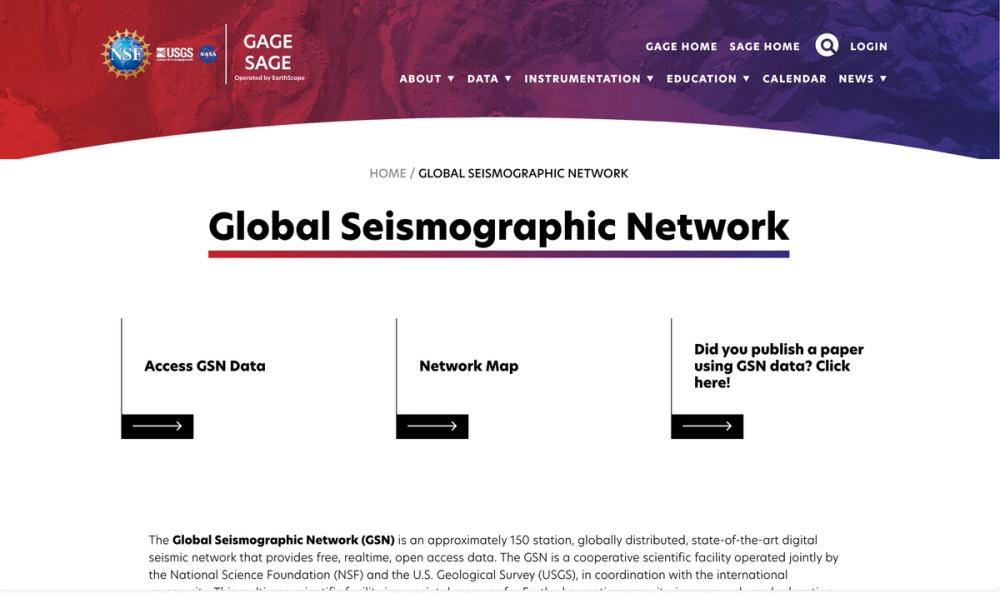Name: American Geophysical Union (AGU)
Link: www.agu.org
Description: The American Geophysical Union (AGU) is a nonprofit scientific organization dedicated to advancing Earth and space sciences through research, collaboration, and education for the benefit of humanity.
Key Words: Earth sciences, space sciences, geophysics, scientific research, interdisciplinary, nonprofit, collaboration, education, publications, conferences
Introduction:
The American Geophysical Union (AGU), established in December 1919 by the National Research Council, is a premier international scientific association focused on promoting discovery and advancing knowledge in Earth and space sciences. Headquartered on Florida Avenue in Washington, D.C., AGU is a 501(c)(3) nonprofit organization that supports a global community of over 60,000 members, including researchers, educators, students, and enthusiasts across 137 countries, with a broader network of more than half a million advocates and professionals. Its mission is to foster scientific discovery and develop solutions that are ethical, unbiased, and respectful of communities, aiming to benefit humanity and ensure a sustainable future.
AGU’s scope encompasses four fundamental areas of geophysical sciences: atmospheric and ocean sciences, solid-Earth sciences, hydrologic sciences, and space sciences. Initially created to represent the United States in the International Union of Geodesy and Geophysics (IUGG), AGU has grown into a leading organization that promotes "pure" geophysics, distinct from exploration geophysics, which is handled by the Society of Exploration Geophysicists. The organization was originally structured into seven sections—Geodesy, Seismology, Meteorology, Terrestrial Magnetism and Electricity, Oceanography, Volcanology, and Geophysical Chemistry—with Hydrology added in 1930 and Tectonophysics in 1940, reflecting its commitment to interdisciplinary fields that bridge physics, geology, and other sciences.
AGU is renowned for its robust scholarly contributions, including publishing high-impact journals such as Geophysical Research Letters, Paleoceanography, and Reviews of Geophysics, as well as co-publishing Earth Interactions with the American Meteorological Society and the Association of American Geographers. It has been a pioneer in electronic publishing, launching Earth Interactions in 1997 and Geochemistry, Geophysics, Geosystems in 1999. AGU also publishes books, a weekly newspaper, and supports open access to scientific data and software to enhance research transparency and accessibility.
The organization hosts the AGU Fall Meeting, the world’s largest annual Earth science conference, attracting researchers globally to present cutting-edge findings. AGU fosters education and career development through programs like the Outstanding Student Presentation Award and the Graduate Bridge Program, which promotes diversity and inclusion in geosciences. It also recognizes excellence through awards such as the Cowen Award for science journalism, the Science for Solutions Award, and the International Award for contributions in less-favored nations.
AGU is committed to diversity, equity, and inclusion, exemplified by initiatives like its Ethics and Equity Center and the leadership of its first Black president, as well as the promotion of Billy Williams to Executive Vice President of Diversity, Equity, and Inclusion. The organization supports community science through its Thriving Earth Exchange and engages with the public via social media platforms like X (@theAGU, @AGU_Eos) and Bluesky. Additionally, AGU’s net-zero energy renovated headquarters reflects its commitment to sustainability. Through these efforts, AGU continues to lead in advancing scientific discovery, fostering collaboration, and addressing societal challenges through geoscience.



